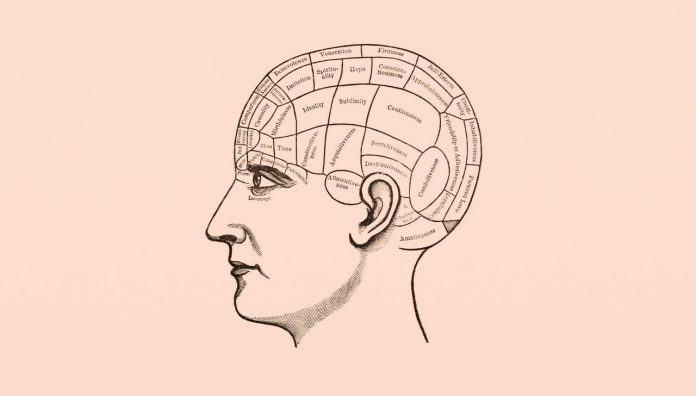Cocaine has a long history of use in the treatment of pain and inflammation – and in recent decades as a recreational drug.
Cocaine is an extract of the leaves of the coca plant, which has been grown in the Andes Mountains of South America and used by indigenous people in medicine for thousands of years. Use by indigenous people primarily involves chewing coca leaves mixed with lime (calcium hydroxide), and sometimes in combination with tobacco leaves, to alleviate pain, increase stamina, combat altitude sickness, relieve pain or inflammation, improve concentration or simply recreationally.
Early Spanish explorers (and conquerors) at first ignored, then forbade the chewing of coca leaves until they discovered the stimulant properties of the leaves, levying a tax of 10% on the crop. But widespread use didn’t begin until after 1859 when German chemist Albert Niemann refined the process of extraction, naming his extract ‘cocaine’, after the coca plant. Doctors and chemists explored its analgesic qualities for medical uses, with one well-known proponent, Austrian psychologist Sigmund Freud, saying on use of the drug in his 1884 laudatory piece Über Coca, ‘You perceive an increase of self-control and possess more vitality and capacity for work. In other words, you are simply normal.’ Another well-known cocaine user was the occupant of 32B Baker St, the fictional detective Sherlock Holmes from the novels of Sir Arthur Conan Doyle, who wrote about the detective’s use of the drug when without a case to occupy him.
Cocaine became one of the fad drugs of this period, and was available as powder or in cigarettes, tinctures, tea, drinks, injectable vials and hair tonic. It was even used in wine where the average dose per ounce (30 ml) was 7.2 mg of cocaine.
In action
Cocaine works on the body’s dopamine receptors, specifically the dopamine transporters, blocking the nervous system’s ability to reabsorb dopamine once it’s released, leading to a build-up of dopamine in the synapses. Physical reactions include increased heart rate, systolic blood pressure and pupil diameter, reduced skin temperature and reduced sweating.
Cocaine concentration reaches its peak in the body about 5–10 minutes after dosing and will dissipate after about 60 minutes. Overdose is a risk and symptoms include difficulty breathing, high blood pressure, high body temperature, hallucinations, extreme agitation, heart arrhythmia, heart attacks, seizures and strokes.
Cocaine is still used by a limited number of doctors to anaesthetise the lining of the mouth, nose and throat before conducting some procedures such as biopsies, suturing or wound cleaning.
Use in Australia
Due to its highly addictive nature, cocaine’s availability was restricted between 1906–1914 (USA, UK, Australia) with requirements mandating it was to be only used in prescribed medical use. Despite these restrictions, recreational cocaine use continued, reaching a peak in the early 2000s in most Western countries. Cocaine use in Australia has increased exponentially in recent years, with one survey by the National Drug and Alcohol Research Centre in 2018 pointing to a three-fold increase since 2000.
References
- MacLaren, Erik PhD. Cocaine History and Statistics. October 25 2017 At: https://drugabuse.com/library/cocaine-history-and-statistics/
- The Independent. Drug that spans the ages: The history of cocaine. 2006. At: https://www.independent.co.uk/news/uk/this-britain/drug-that-spans-the-ages-the-history-of-cocaine-6107930.html
- Redman, M. Cocaine: What is the Crack? A Brief History of the Use of Cocaine as an Anesthetic. Anesth Pain Med. 2011 Autumn; 1(2): 95–97.
- Freud, S. Classics Revisited: Uber coca. Journal of Substance Abuse Treatment. 1984. 1(3), 206-217.
- “It is cocaine,” he [Holmes] said, “a seven-per-cent solution. Would you care to try it?”. Doyle C. The Sign of Four. H. M. Caldwell Company. 1891.
- National Institute on Drug Abuse. Cocaine. May 6 2016. At: https://www.drugabuse.gov/publications/research-reports/cocaine
- National Institute on Drug Abuse. What is Cocaine?. July 2018. At: https://www.drugabuse.gov/publications/drugfacts/cocaine
- RX List. Cocaine. March 19 2009. At: https://www.rxlist.com/cocaine-drug/consumer-uses.htm#usage
- Wielenga V, Gilchrist D. From gold-medal glory to prohibition: the early evolution of cocaine in the United Kingdom and the United States. JRSM Short Rep. 2013;4(5)
- Peacock, A., Gibbs, D., Karlsson, A., Uporova, J., Sutherland, R., Bruno, R., Dietze, P., Lenton, S., Alati, R., Degenhardt, L., & Farrell, M. 2018. Australian Drug Trends 2018: Key findings from the National Ecstasy and Related Drugs Reporting System (EDRS) Interviews. Sydney, National Drug and Alcohol Research Centre, University of New South Wales.



 This CPD activity is supported by an unrestricted education grant by Reckitt.[/caption]
This CPD activity is supported by an unrestricted education grant by Reckitt.[/caption]





 Jess Hadley, community pharmacist and Professional Officer at PDL[/caption]
Jess Hadley, community pharmacist and Professional Officer at PDL[/caption]
 Peter Guthrey, Senior Pharmacist – Strategic Policy at PSA[/caption]
Peter Guthrey, Senior Pharmacist – Strategic Policy at PSA[/caption]


 Professor Margie Danchin[/caption]
Professor Margie Danchin[/caption]

 Dr Peter Tenni[/caption]
Dr Peter Tenni[/caption]
 How should we deprescribe gabapentinoids, according to the Maudsley Deprescribing Guidelines[/caption]
How should we deprescribe gabapentinoids, according to the Maudsley Deprescribing Guidelines[/caption]





